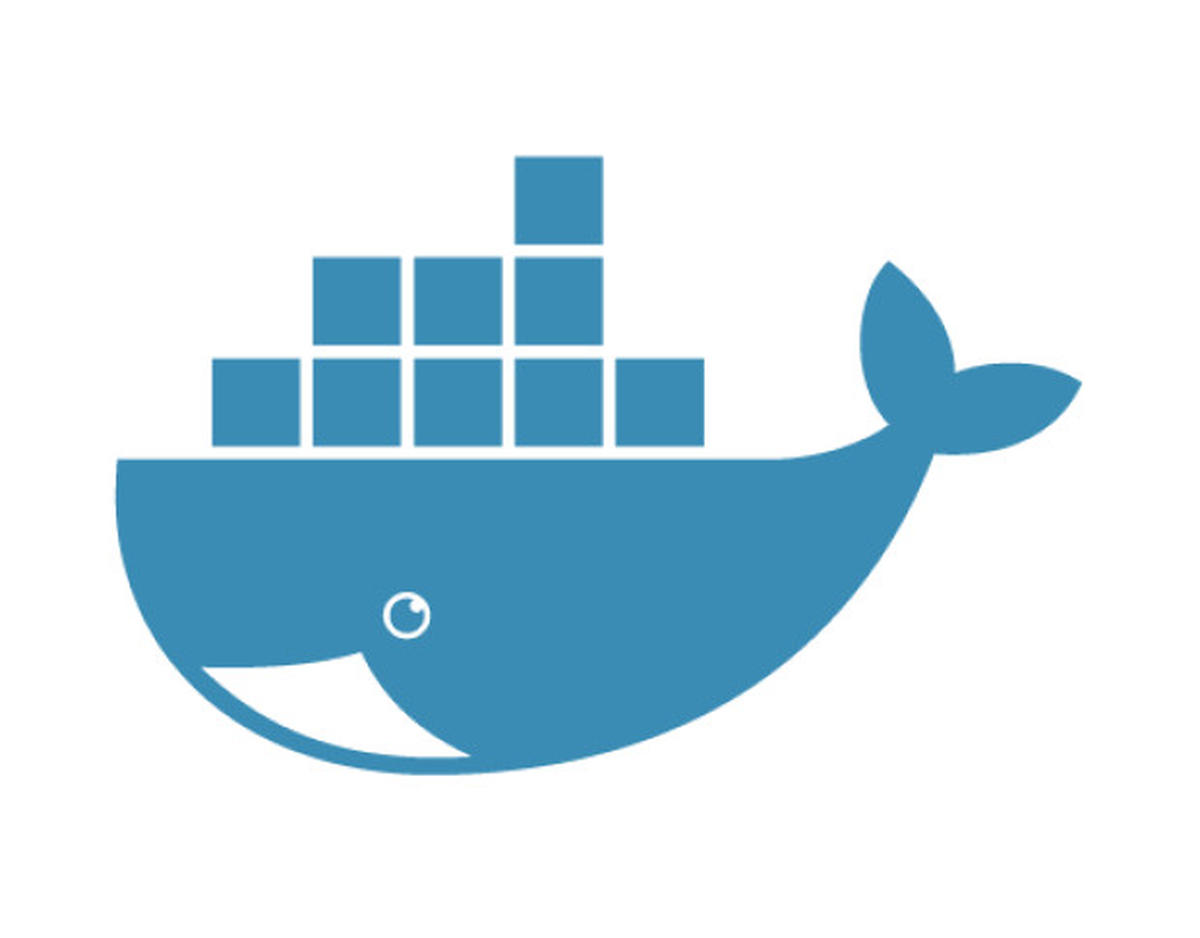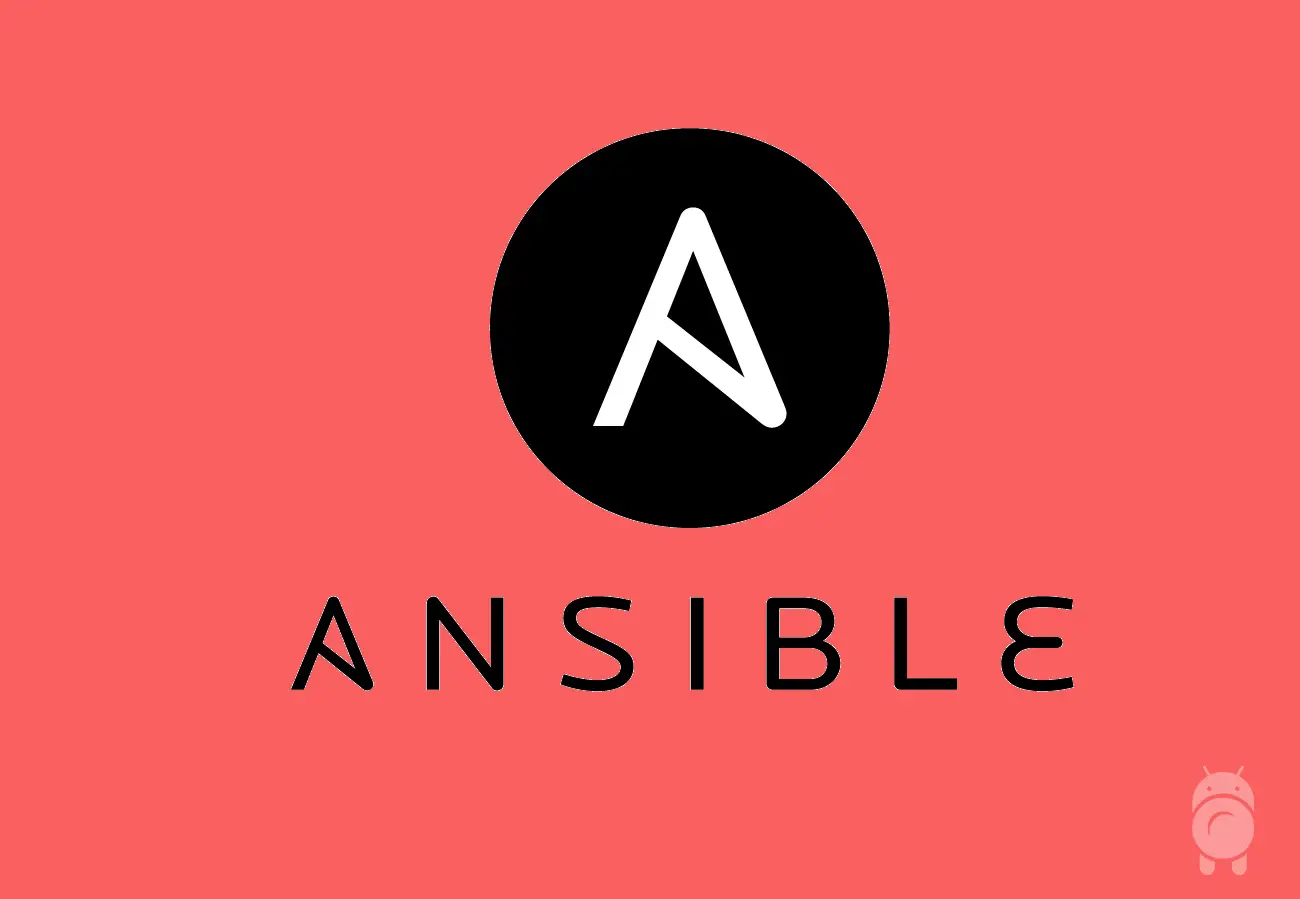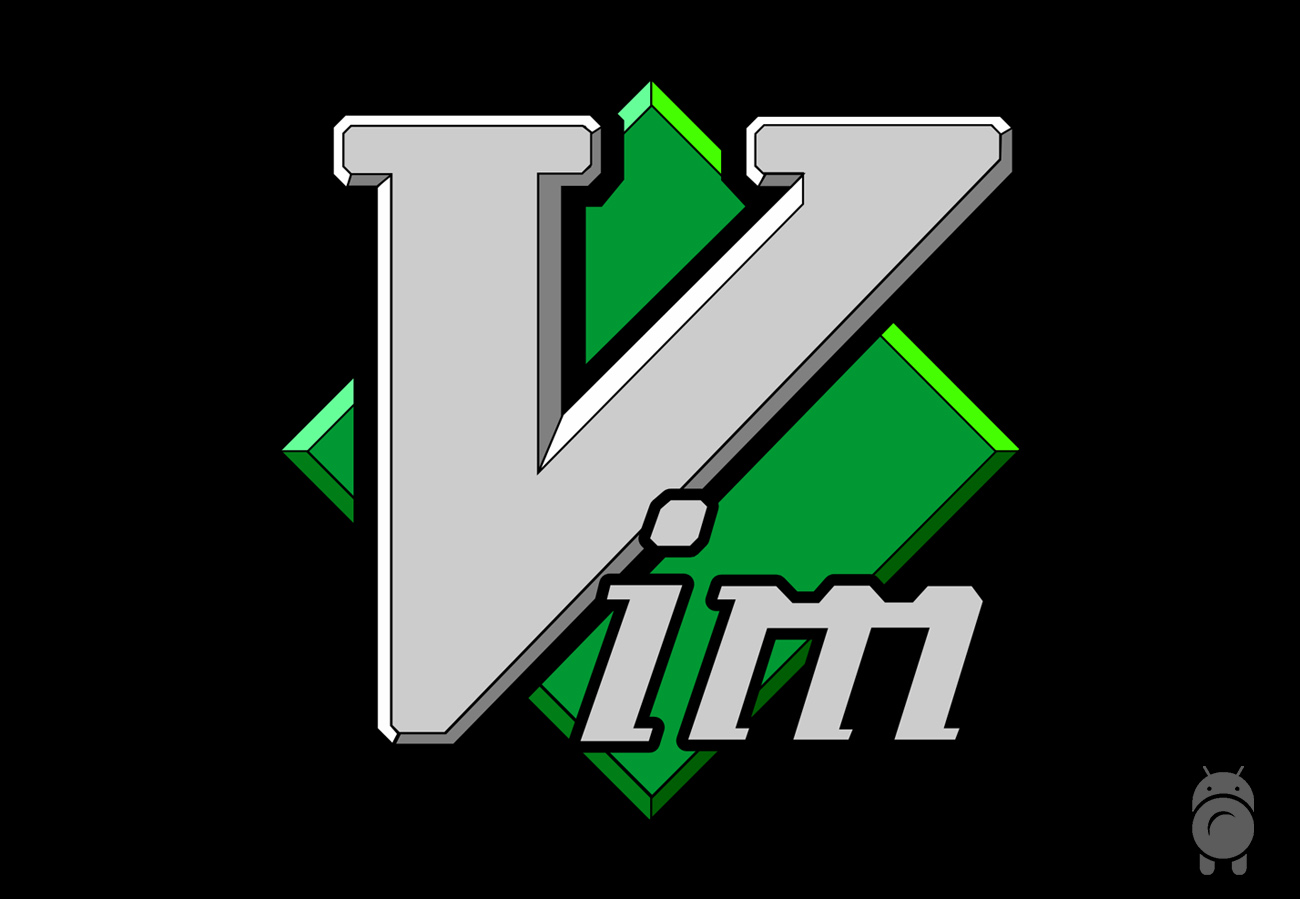Docker containers are a lot more scalable and modular once they have the links in place that allow them to share data. How these links are created and arranged depends upon the arranger, who will choose either to create a file-system data volume or a dedicated data volume container. This post works through these two …
Tricks Of The Trades
This time we are beginning by centering around the Docker daemon and how it interacts with various process mangers from different platforms. Followed up by an introduction to networking in Docker that uses more of the Docker training images to link together and create a basic network of containers. Specifically a PostgreSQL database container and …
In this post we run a python program in a Docker container sourced from the user guide. Look at the various commands that come into play when administering containers, and then briefly setup some real world applications with Docker. This will be the second post on Docker following on from Docker – Installing and Running (1). …
Docker is an open-source project that enables a Linux application along with its dependencies to be packaged as a container. This helps enable flexibility and portability around where an application can be run and served. These dedicated low level “containers” also improve performance and overhead through using resource isolation features of the Linux kernel. On a …
Several ad hoc commands were shown in the previous post but no real detail was given as to what they can fully offer. These ad hoc commands are often cited as being a good starter point for learning what’s possible with Ansible; without having to dive straight into writing a playbook. Most of them incorporate the …
There are several ways to run Ansible on a local system that I could find whilst searching the net. In this guide, I’m covering three of the ones that were the most popular or the most prevalent. The first two seem great for their different contexts, and the third is not as necessary but worth …
Vim does a lot with its base install and provides everything you’d expect from a CLI text editor, but to unlock even further awesomeness one needs to delve into the vast libraries of plugins on offer. One such site that aims to index these plugins is: http://vimawesome.com/ Which is awesome in its own right. To …
Mumble is one of several choices for those looking to host a client/server-based VoIP application. It allows users to connect centrally and chat with one and another via a microphone and audio output. The program is open-source so free of charge and aimed at gamers who need to communicate efficiently in real-time. Anyone can, of …
After outlining the initial installation and setup process in Ansible – Installing and Running (1) I’m continuing in this post with a more precise look at how to handle the main hosts file. Specifically how to lay it out and add host variables or group variables to the mix. Dynamic inventory assets and development/production inventory layouts are …
Ansible is one of many configuration management tools but has its own unique set of differences. The platform aims to provide solutions for the entirety of a setup. With consideration for infrastructure provisioning, application deployment, and overall orchestration taken into account. Some of its features it uses to achieve this are agentless management, multi-node deployment, …










